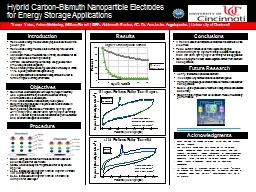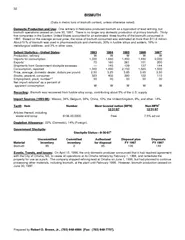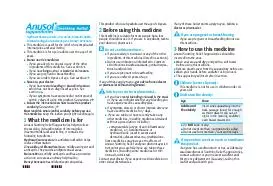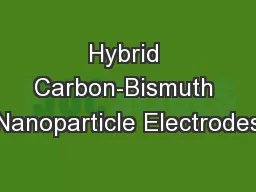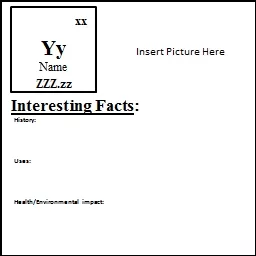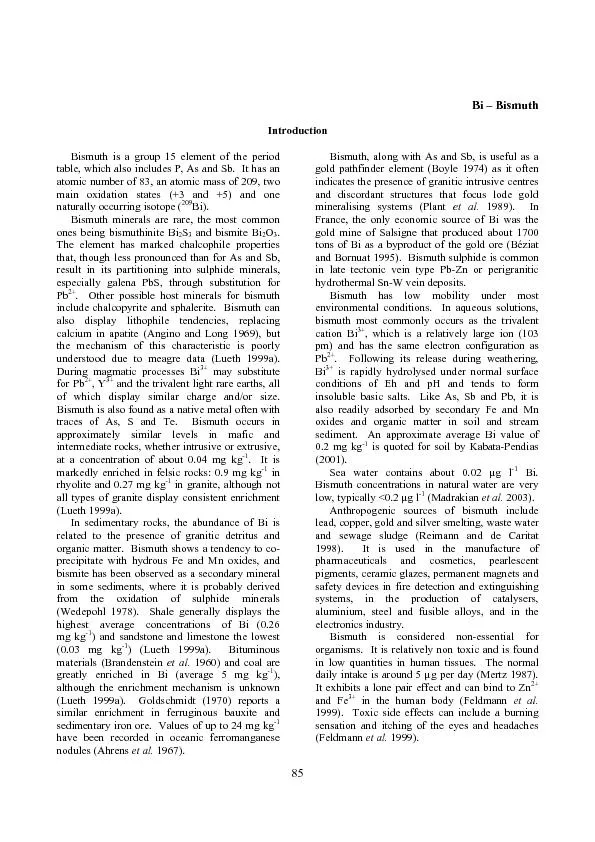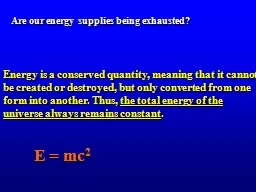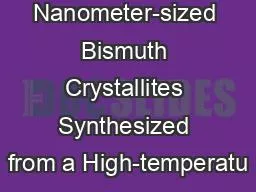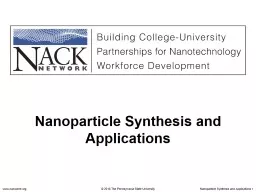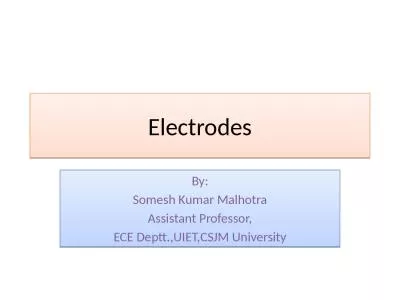PPT-Hybrid Carbon-Bismuth Nanoparticle Electrodes for Energy St
Author : trish-goza | Published Date : 2017-07-21
Trevor Yates Adam McNeeley William Barrett GRA Abhinandh Sankar AC Dr Anastasios Angelopoulos University of Cincinnati Introduction Renewable energy must
Presentation Embed Code
Download Presentation
Download Presentation The PPT/PDF document "Hybrid Carbon-Bismuth Nanoparticle Elect..." is the property of its rightful owner. Permission is granted to download and print the materials on this website for personal, non-commercial use only, and to display it on your personal computer provided you do not modify the materials and that you retain all copyright notices contained in the materials. By downloading content from our website, you accept the terms of this agreement.
Hybrid Carbon-Bismuth Nanoparticle Electrodes for Energy St: Transcript
Download Rules Of Document
"Hybrid Carbon-Bismuth Nanoparticle Electrodes for Energy St"The content belongs to its owner. You may download and print it for personal use, without modification, and keep all copyright notices. By downloading, you agree to these terms.
Related Documents

